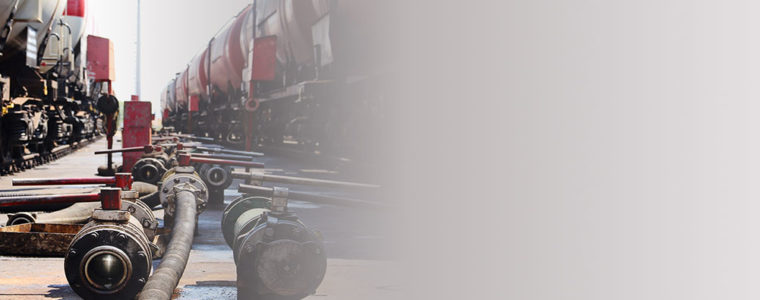
Key Forces of High-Pressure Gas Regulators
A gas regulator has three important components –
- a loading mechanism
- control element
- sensing element
These three components work in sync to help regulate gas at various pressures.
In case of high pressure, three forces to be considered include –
- inlet pressure force
- outlet pressure force
- loading mechanism force
Inlet Pressure Force
Inside the gas cylinder, the inlet pressure force tries to close the orifice by shutting the poppet of the regulator. To close or open the pressure regulator valve, the inlet pressure force and temperature must be balanced and the pressure should remain consistent.
If the loading force is more than the total force coming from the inlet and outlet pressure forces, the valve will stay open, and gas can flow through the orifice.
Outlet Pressure Force
The outlet pressure force gets through before the inlet pressure force shuts the poppet of the regulator. It is the force of the gas that has just passed through the orifice. It goes against the sensing element, which senses changes in outlet pressure and allows the regulator to react. The sensing element is also the link between the loading and control elements. The outlet pressure force tries to close the orifice by the end of its process.
Loading Mechanism Force
The loading mechanism force opposes the above-mentioned forces to open the orifice. It comes from the opposite direction and exerts a force of pressure that affects the adjustment knob. The adjustment knob applies that force to the sensing element from the other side of the element. If you are looking for calibration gases or chemical paper disposable suit in Houston, TX, talk to Green Light Safety at 832-262-9931 right away. With over 15 years’ experience in this industry, Green Light Safety specializes in rentals, sales and service of Gas Detection equipment as well as calibration of the equipment.
